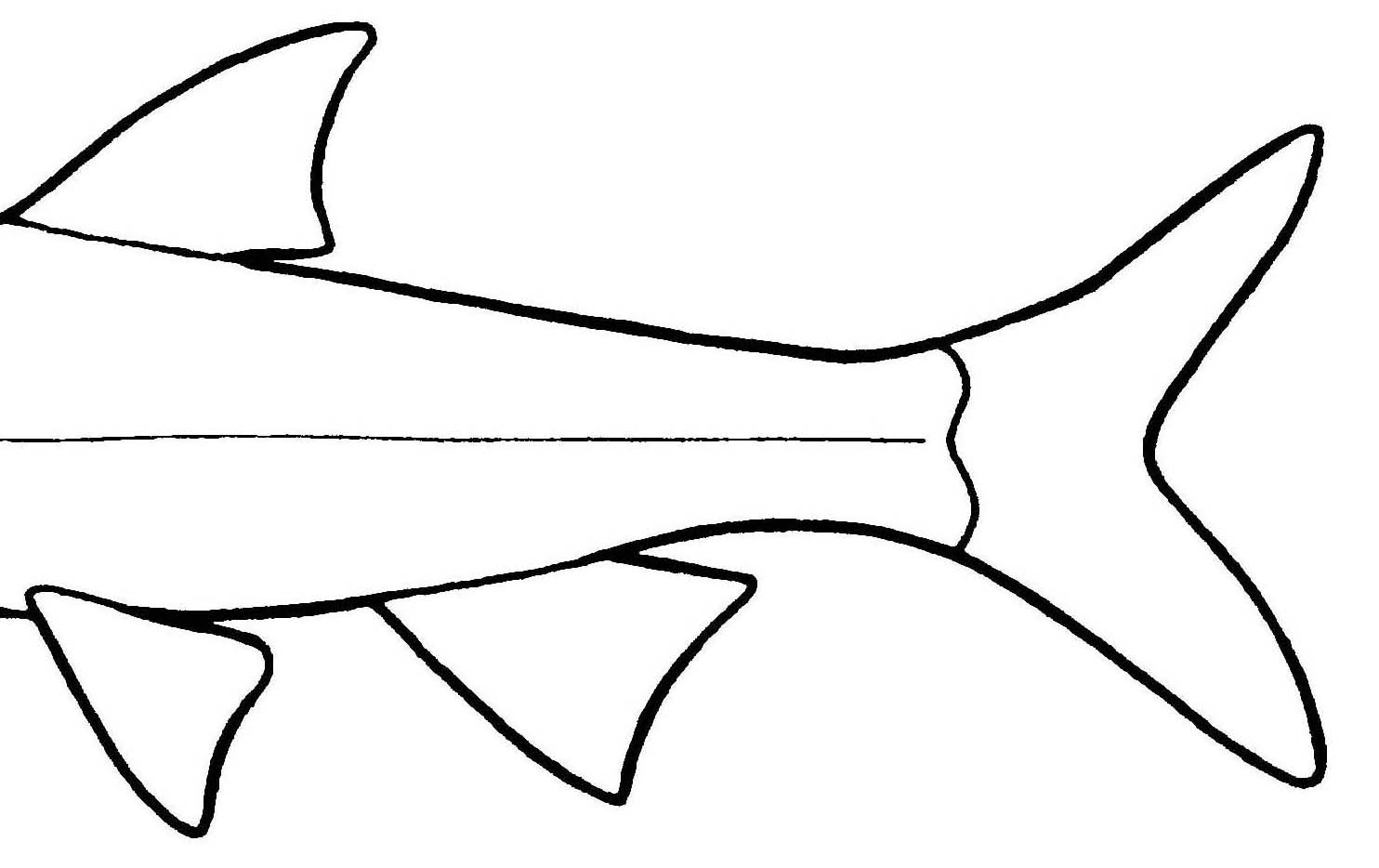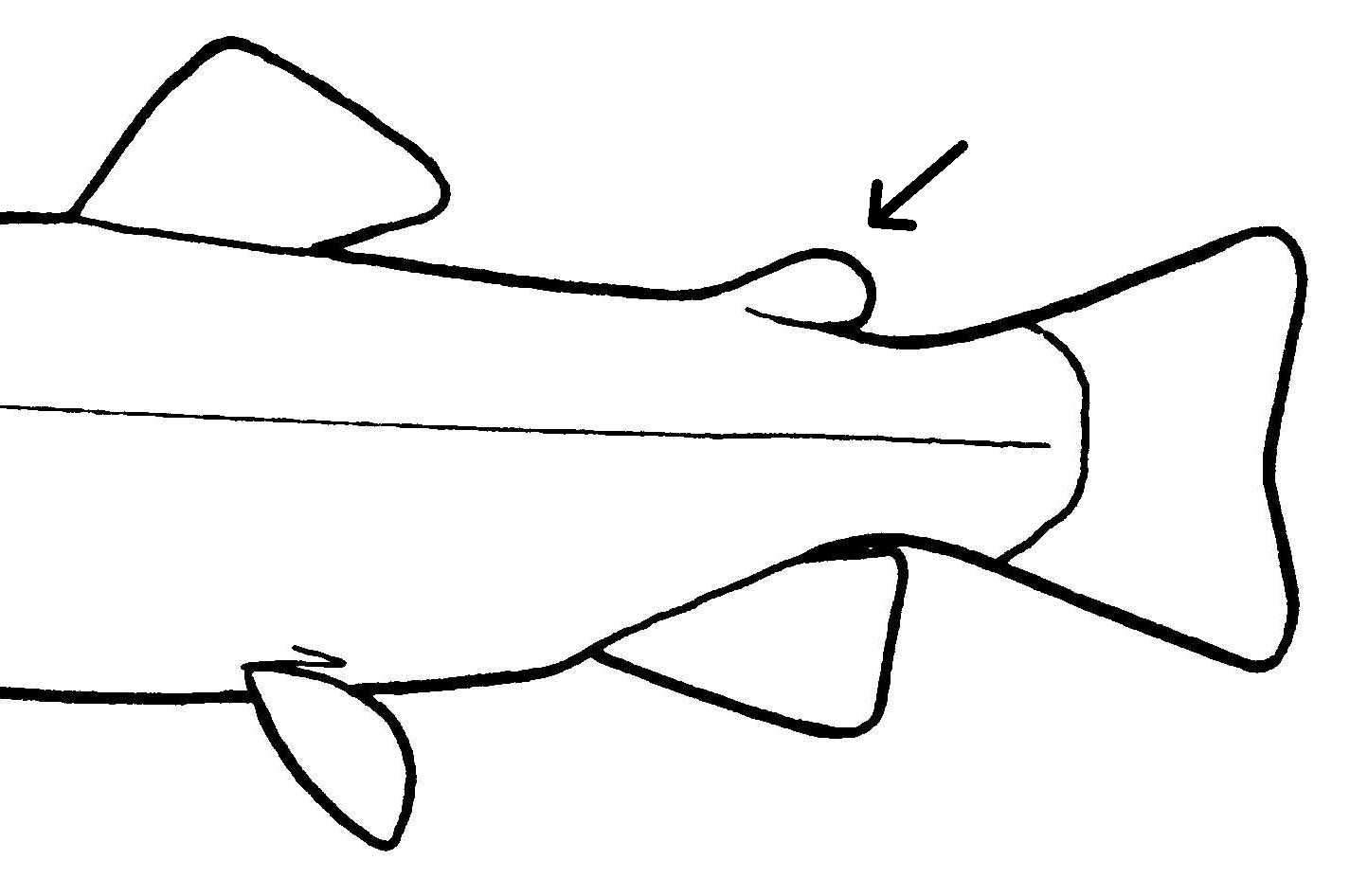British Columbia has such a rich coastline to explore. Since summer is coming, and June with its low tides is just around the corner, you may want to make plans to hit the beach and be beside the seaside. As scientists, we also hit the beach in search of specimens for the museum’s research collection.
If I see you out there wading in salt-water, or walking along our coastal docks, I don’t want to hear anyone yell, “There’s a minnow”. There are no marine minnows. Even in freshwater, not all small fishes are minnows, and not all minnows are small. Basically, we have 16 families of fishes that regularly use freshwater (at least to spawn) and they are easily identified based on the following ID Key:
The line drawings below are from:
Nelson, J.S. 2006. Fishes of the World, 4th Edition. John Wiley & Sons, Inc., New York. 601 p.
1a) Eel-like shape
– go to 2
1b) Not eel-like
– go to 4
2a) Mouth formed into toothy sucking disk; no pectoral or pelvic fins
Lampreys (Petromyzontidae)
 2b) Mouth not formed into toothy sucking disk; pectoral and pelvic fins present
2b) Mouth not formed into toothy sucking disk; pectoral and pelvic fins present
– go to 3
3a) Single barbel under chin; long dorsal fin, long anal fin
Burbot (Gadidae) – only one species – Burbot (Lota lota)
 3b) Many barbels around mouth, short dorsal and anal fin
3b) Many barbels around mouth, short dorsal and anal fin
Weather Loach (Cobitidae) – only one species the Weatherloach (Migurnus anguillicaudatus)
4a) Body with 5 rows of armoured plates, shark-like tail, rostrum with 2 pairs of barbels, tubular protrusible mouth
Sturgeon (Acipenseridae)
– go to 5
5a) Spiny and soft dorsal fins present
– go to 6
5b) Single dorsal fin present (may have a single leading-edge spine)
– go to 9
6a) Spiny dorsal consists of separated spines
Stickleback (Gasterosteidae)
 6b) Spiny dorsal with fin web connecting all spines
6b) Spiny dorsal with fin web connecting all spines
– go to 7
7a) Dorsal and pelvic spines are soft and flexible, head is bulbous and tapers rapidly to a narrow body, body with prickles or naked
Sculpins (Cottidae)
7b) Spiny dorsal and pelvic spines are stiff, body with cycloid scales
– go to 8
8a) Spiny and soft dorsals connected by fin web
Sunfish and Bass (Centrarchidae)
8b) Spiny and soft dorsals separated
Perches (Percidae)
9a) adipose fin absent
– go to 10
9b) adipose fin present
– go to 13
10a) teeth present in the mouth
– go to 11
10b) no teeth in the mouth
– go to 12
11a) lower jaw with strong canine like teeth, body elongate and torpedo-shaped
Pike (Esocidae) – only one species – Northern Pike (Esox lucius)
11b) tiny teeth line the jaws with larger teeth on the tongue, body deep and laterally compressed
Goldeyes (Hiodontidae) – only one species – Goldeye (Hiodon alosoides)
12a) Expanded fleshy lips present with pimple-like papillae, no barbels around mouth
Suckers (Catostomidae)
12b) Mouth lacks expanded fleshy papillose lips, barbels present in some species
Minnows (Cyprinidae)
13a) dorsal fin with one or two spines
– go to 14
13b) dorsal fin lacks spines
– go to 15
14a) Pectoral fin with prominent spine, body naked
Catfishes (Ictaluridae)
14b) Pectoral fin lacks a spine, both cycloid and ctenoid scales present
Troutperches (Percopsidae) – only one species – Troutperch (Percopsis omiscomaycus)
15a) Pelvic fin lacks a fleshy triangular axillary process
Smelt (Osmeridae)
15b) Pelvic fin has a fleshy triangular axillary process
Salmon, Whitefish, Graylings, Charr and Trout (Salmonidae)
There – a simple scheme to ID all freshwater fish Families. There also are a few marine fishes that may move into freshwater for a short while, such as the American Shad, the Starry Flounder, Tidepool and Sharpnose Sculpins, and Shiner Surfperch – so keep these in mind if you are fishing near our tidal waters. Some time in the future I’ll submit separate keys to fish species within each family. The species-key blog posts will link back to this article – so when you find the name for any family as a hyperlink, it will take you to the key to species.

















